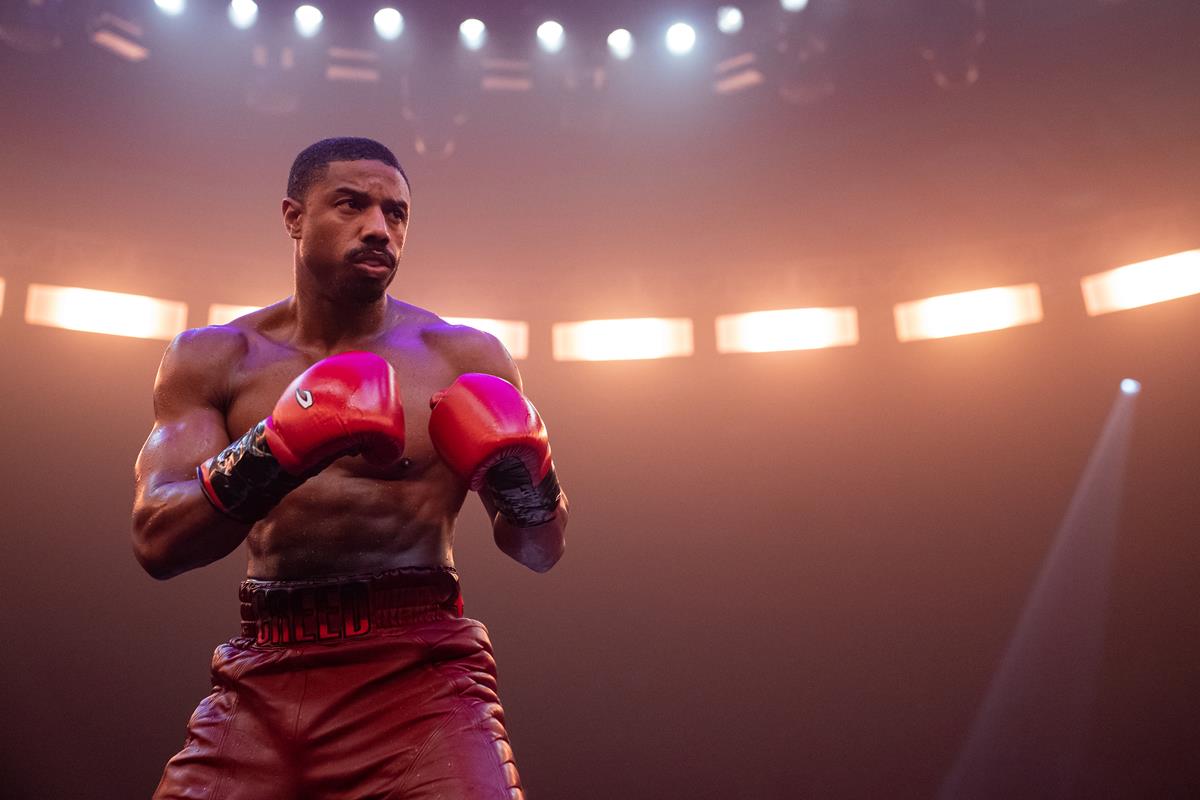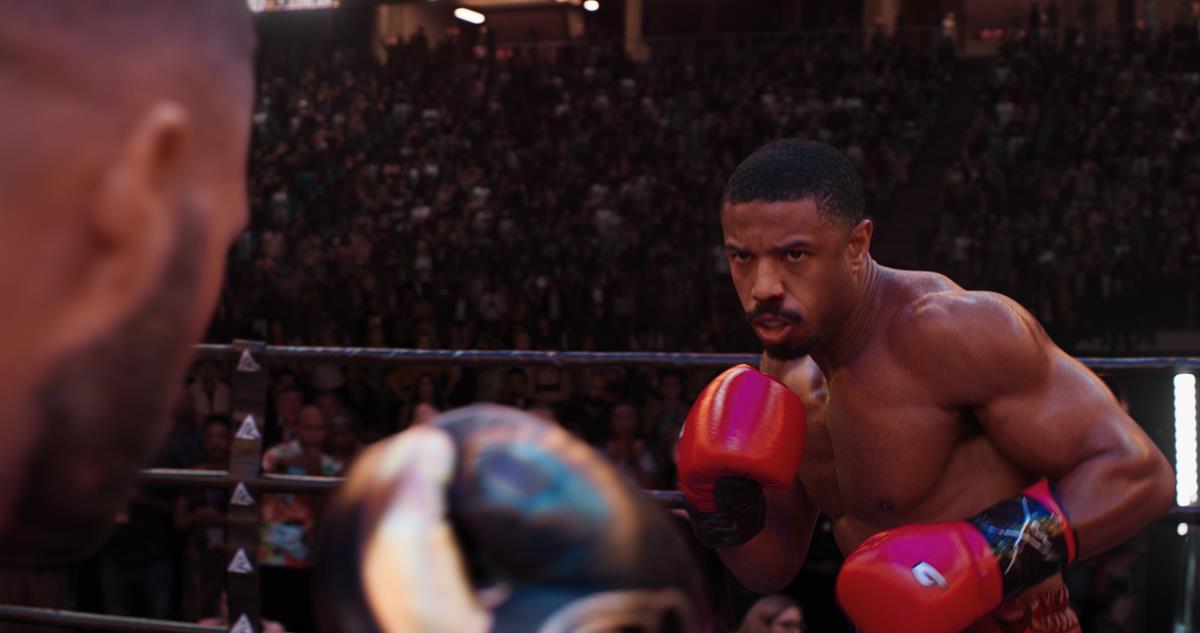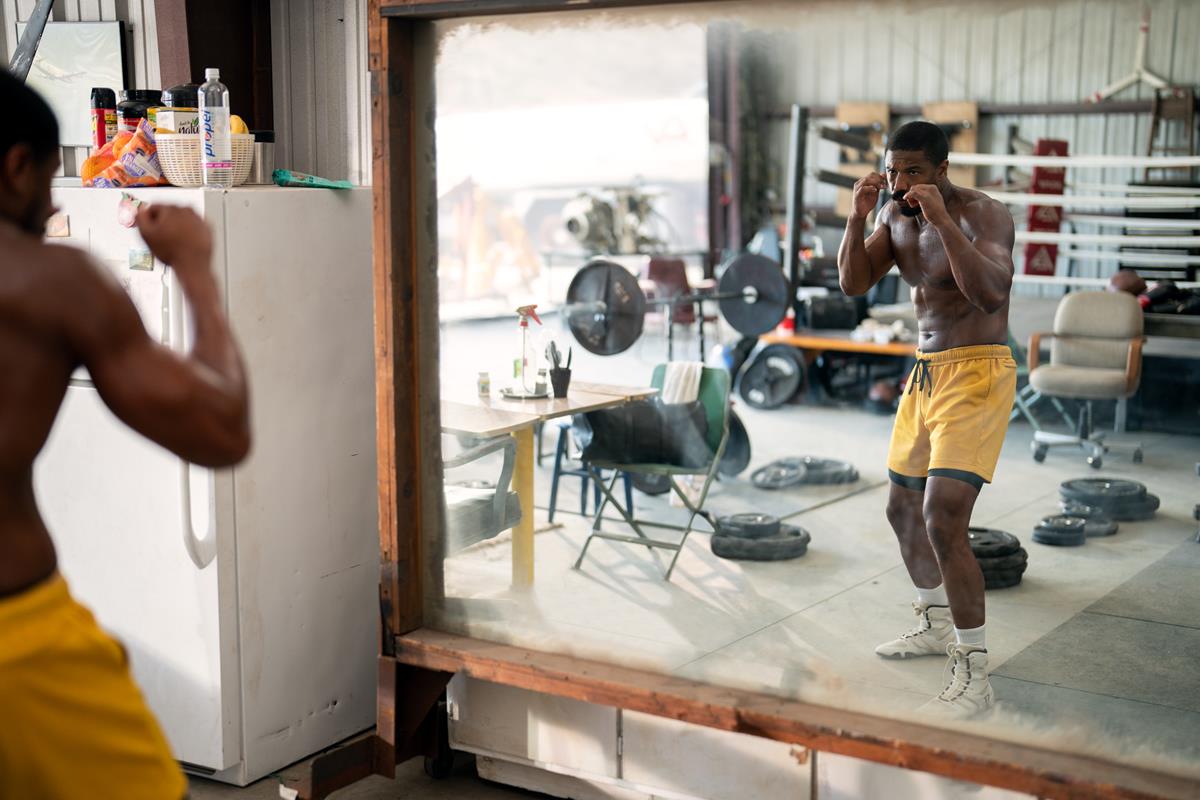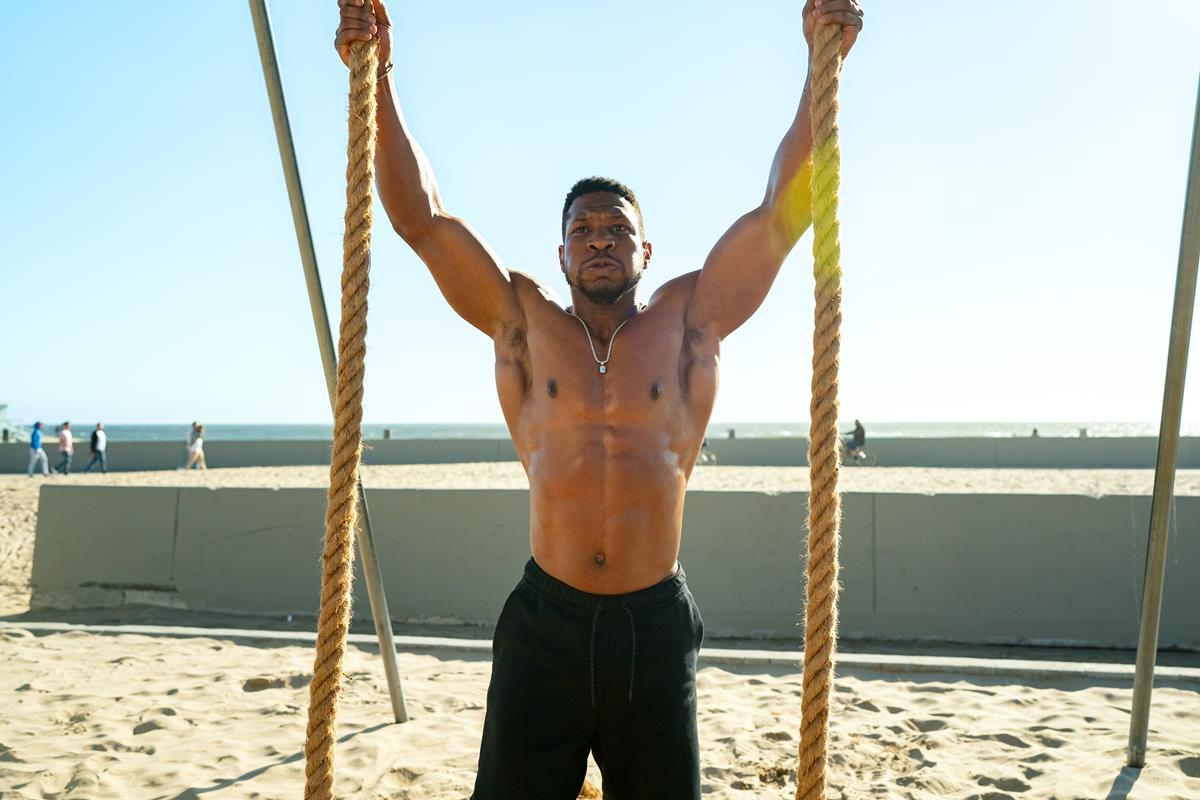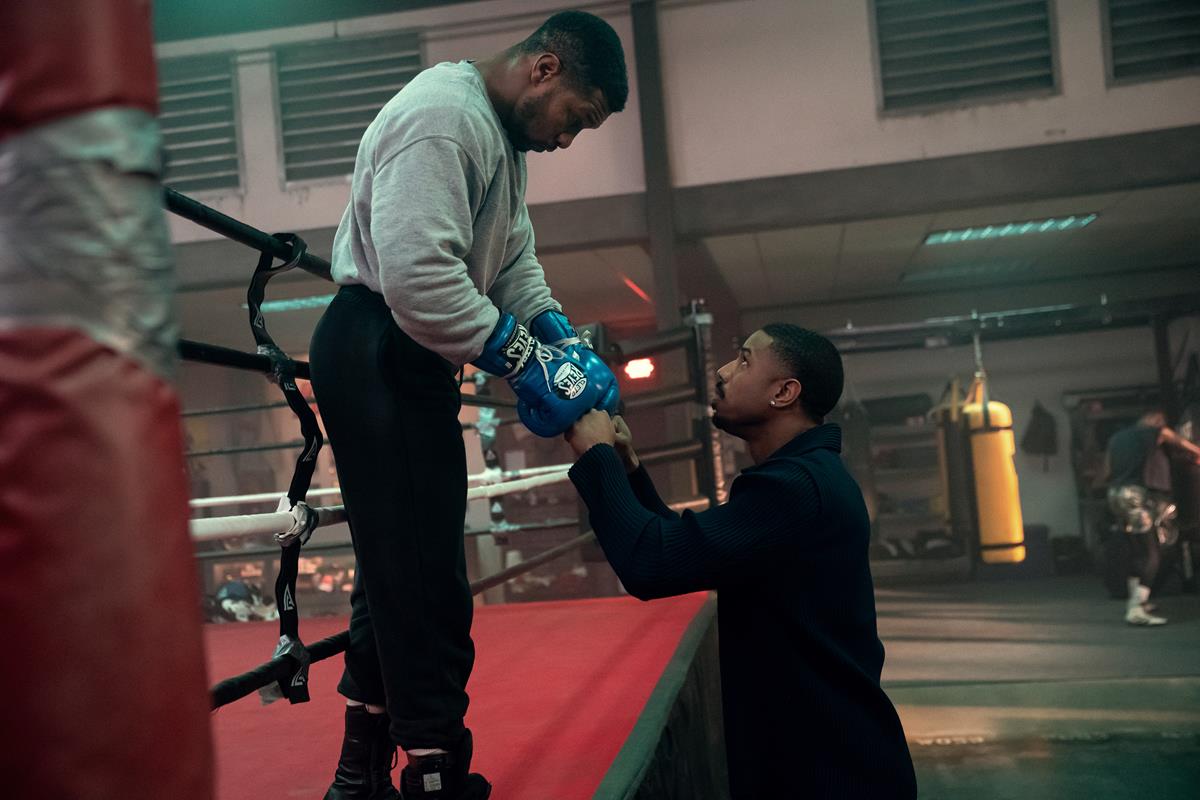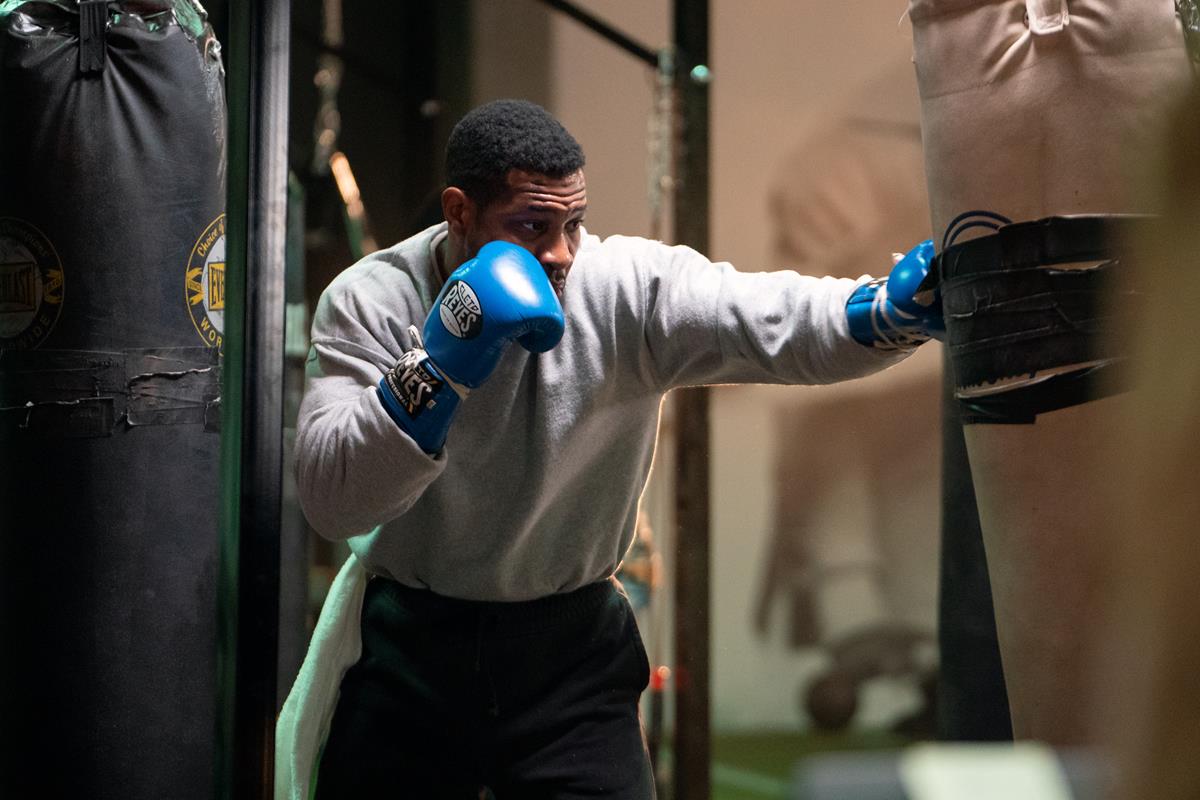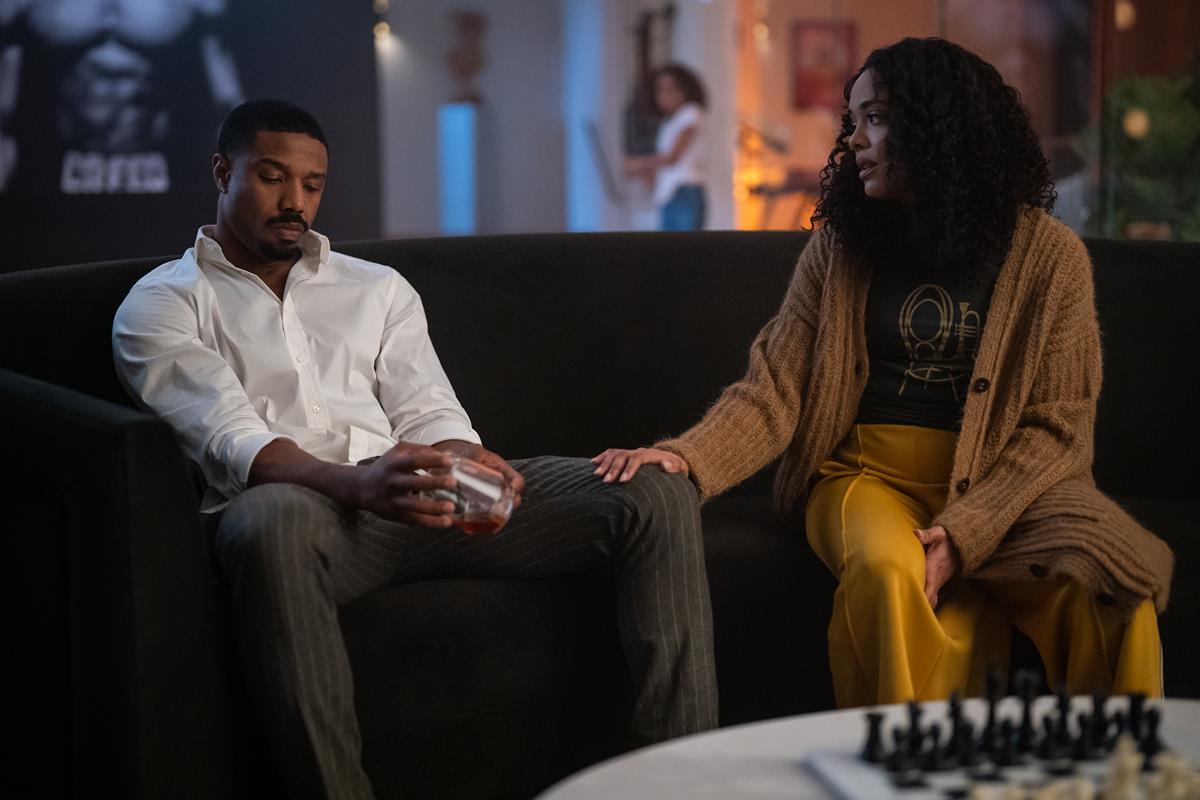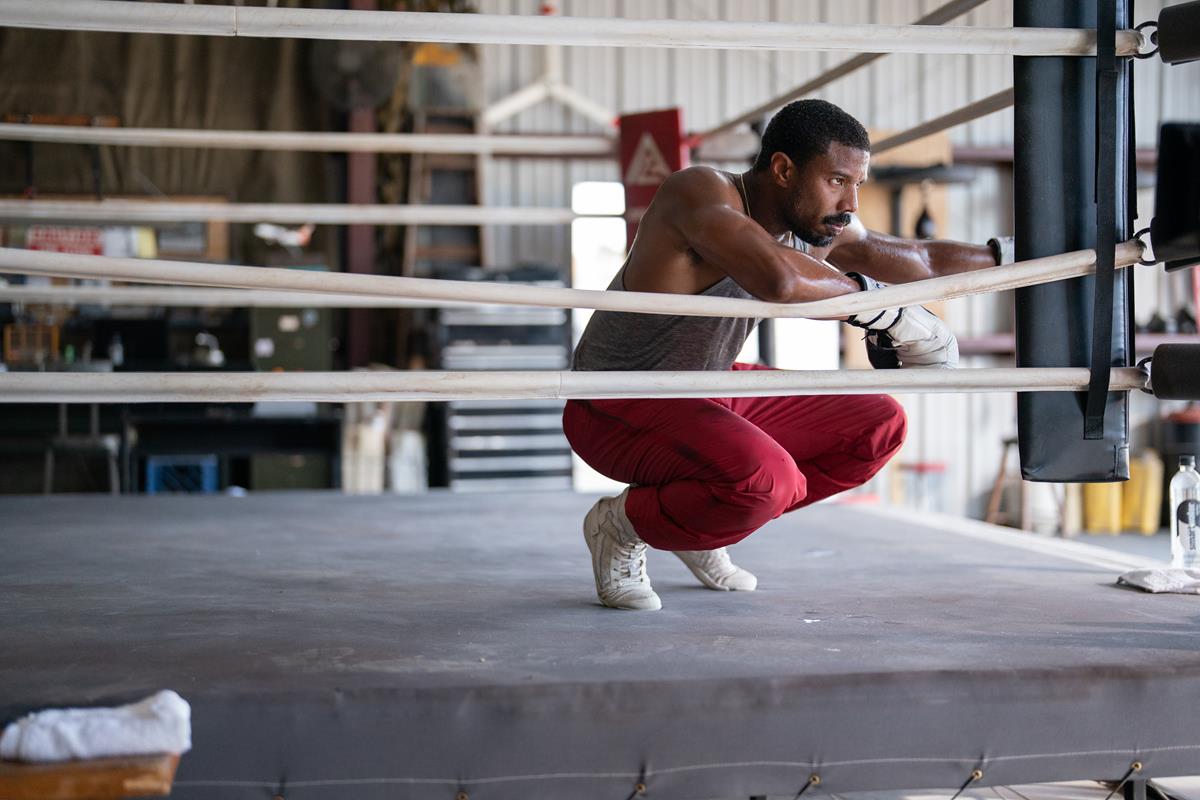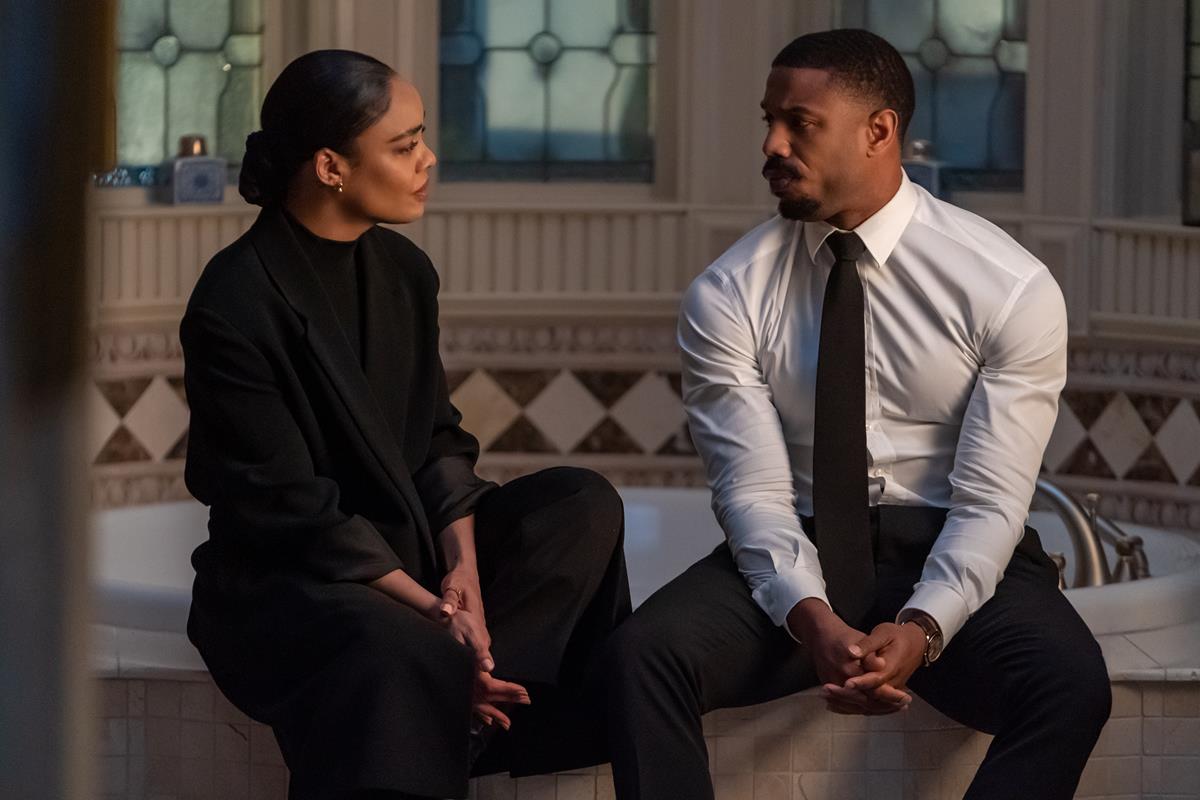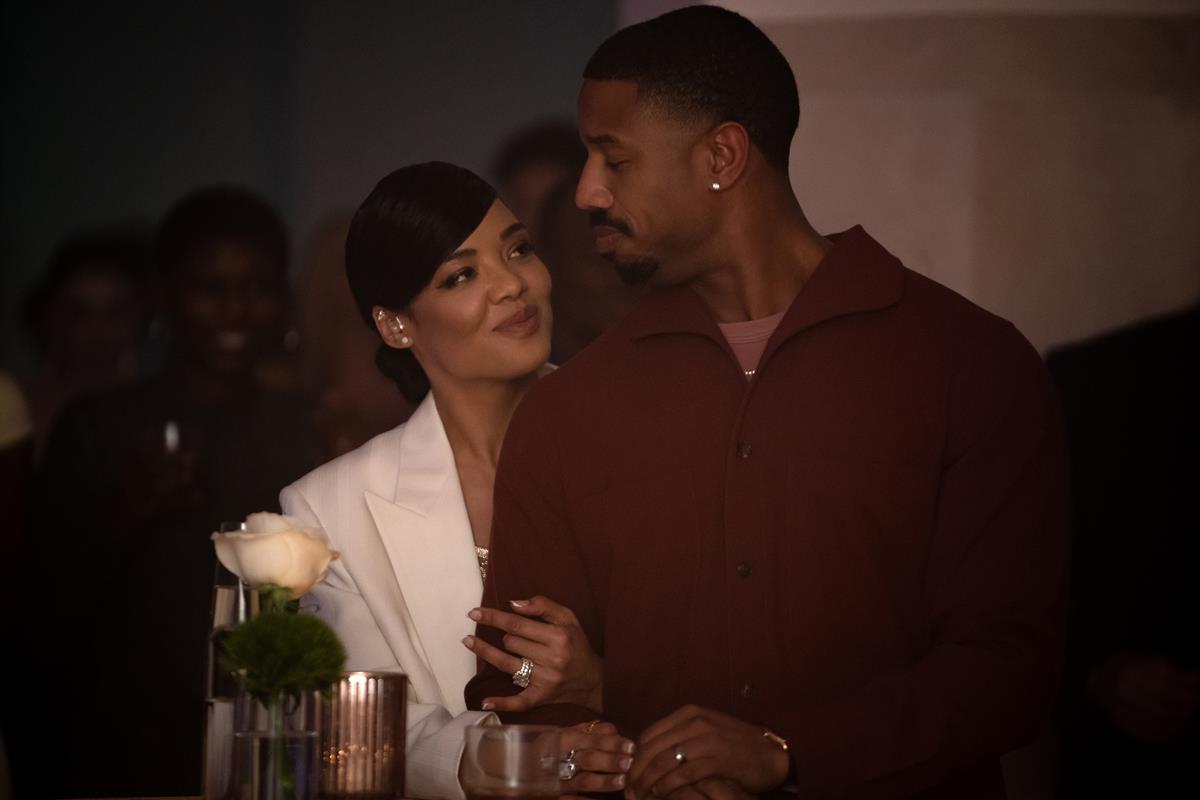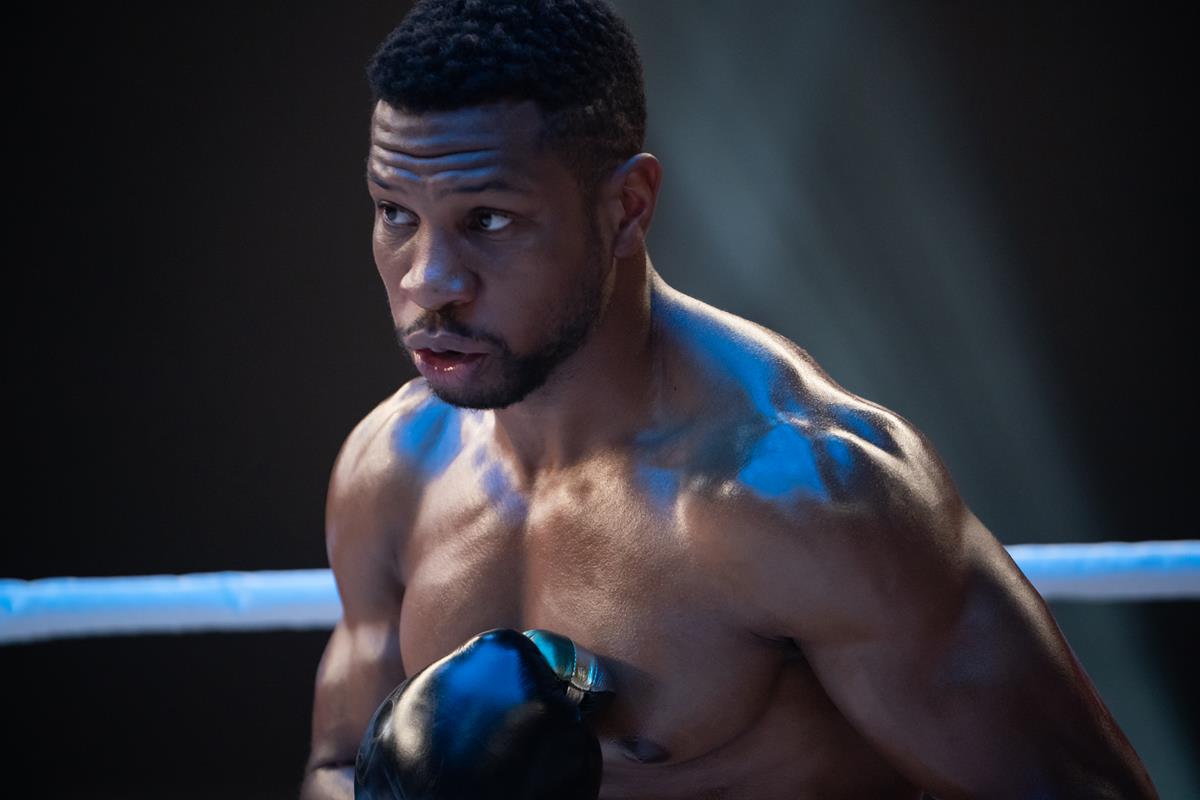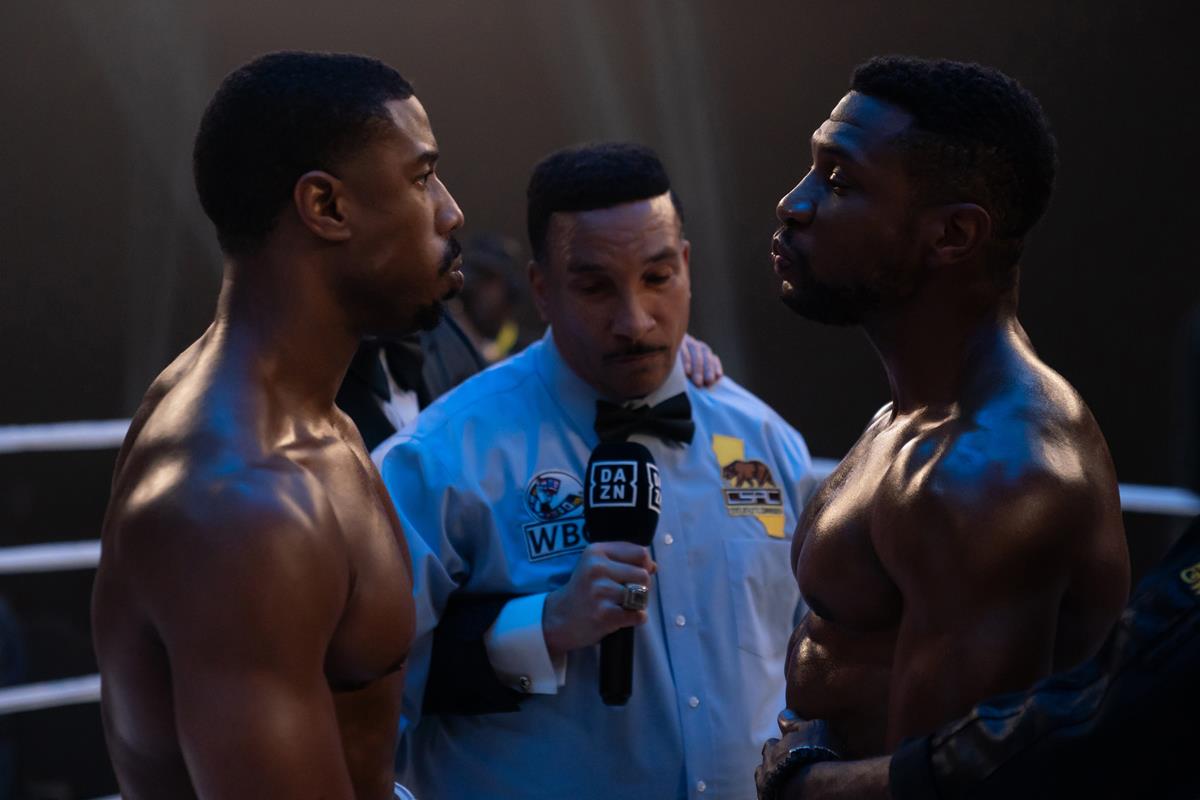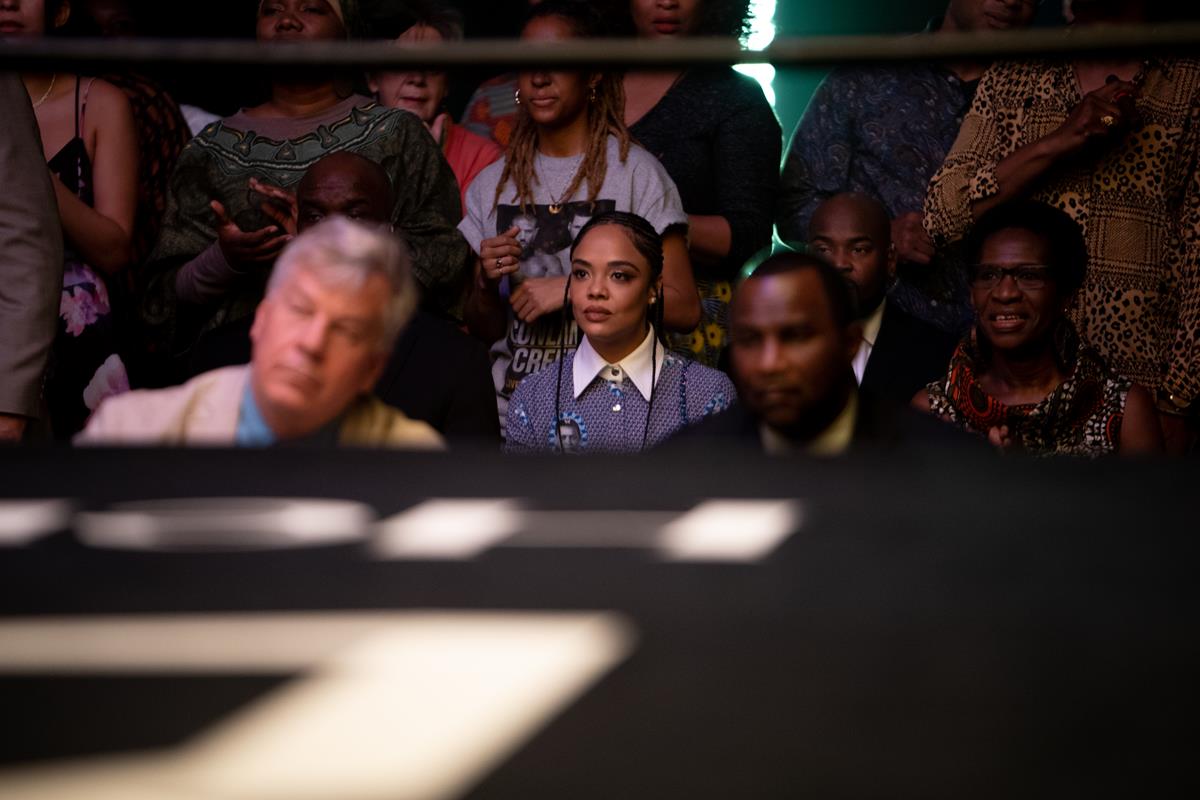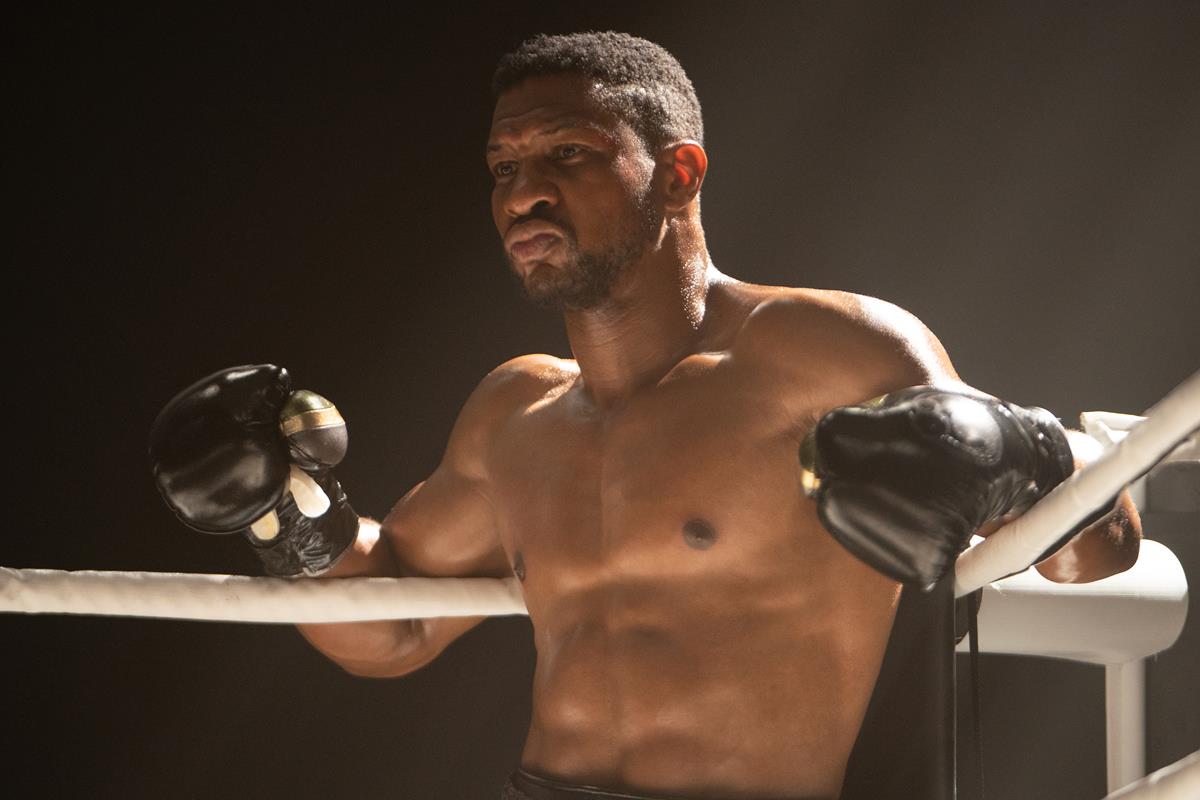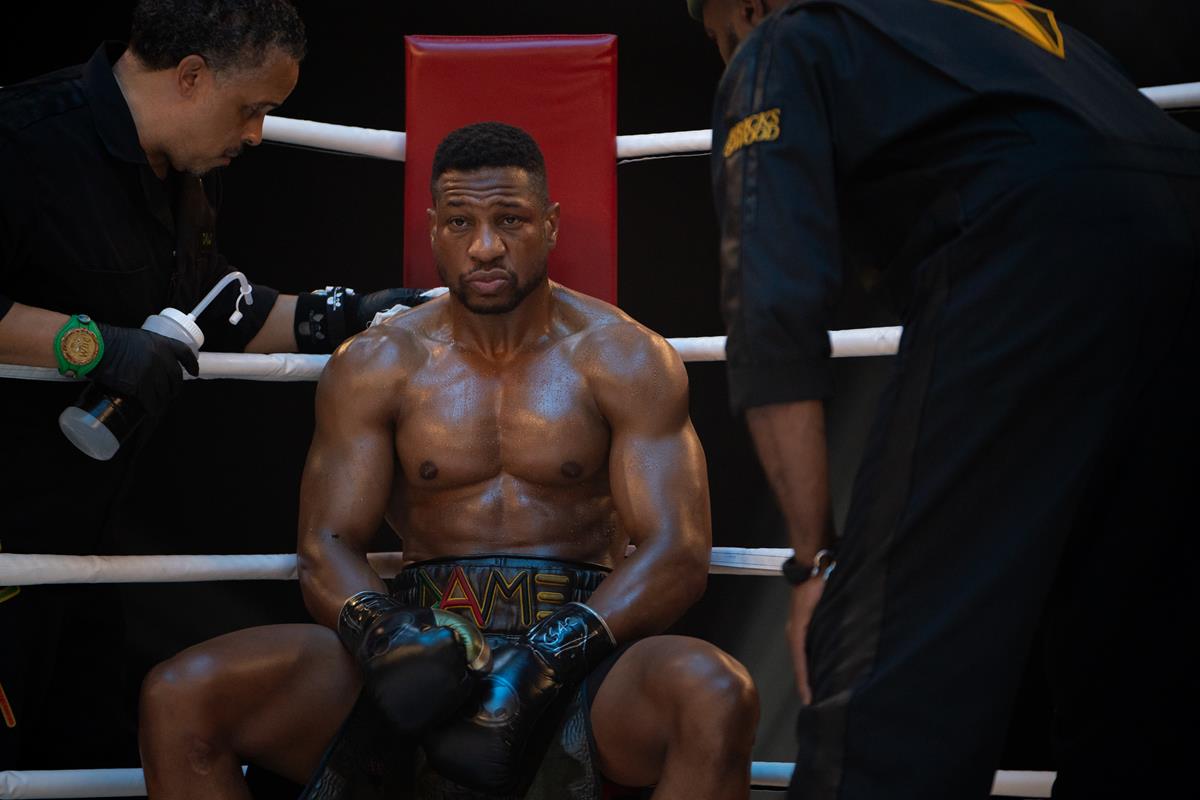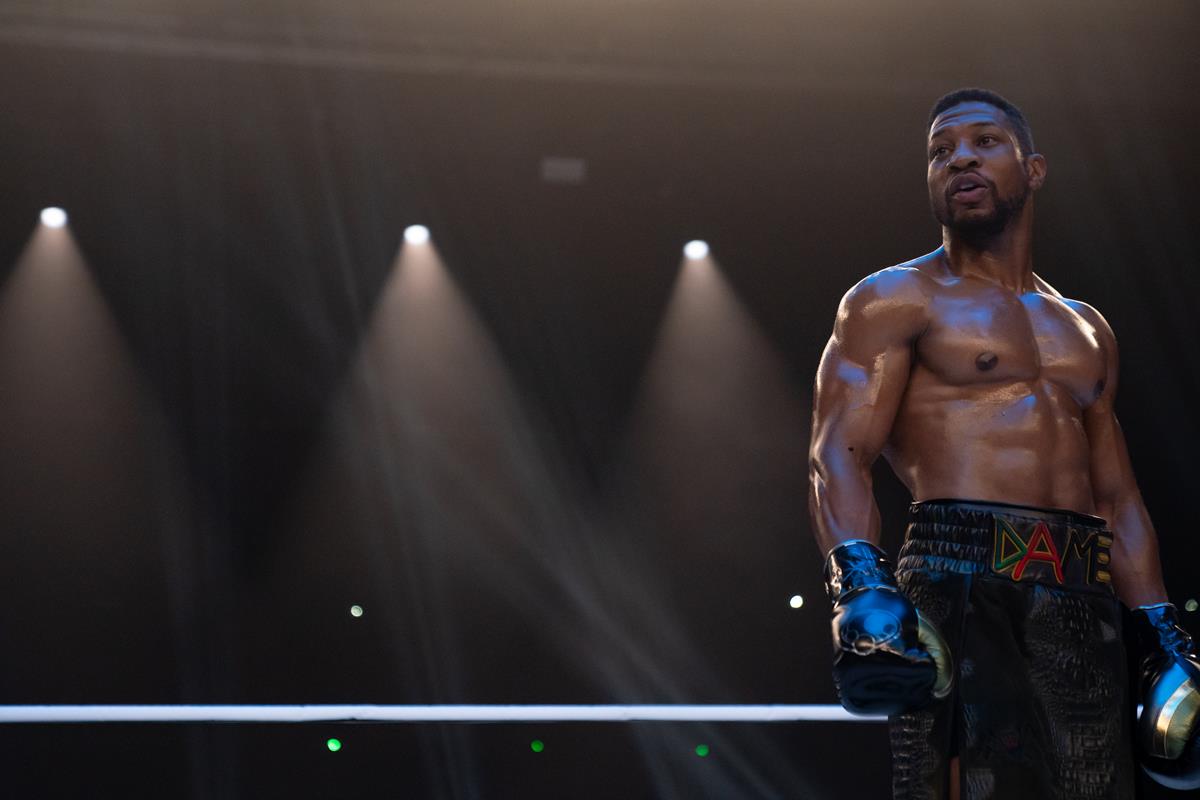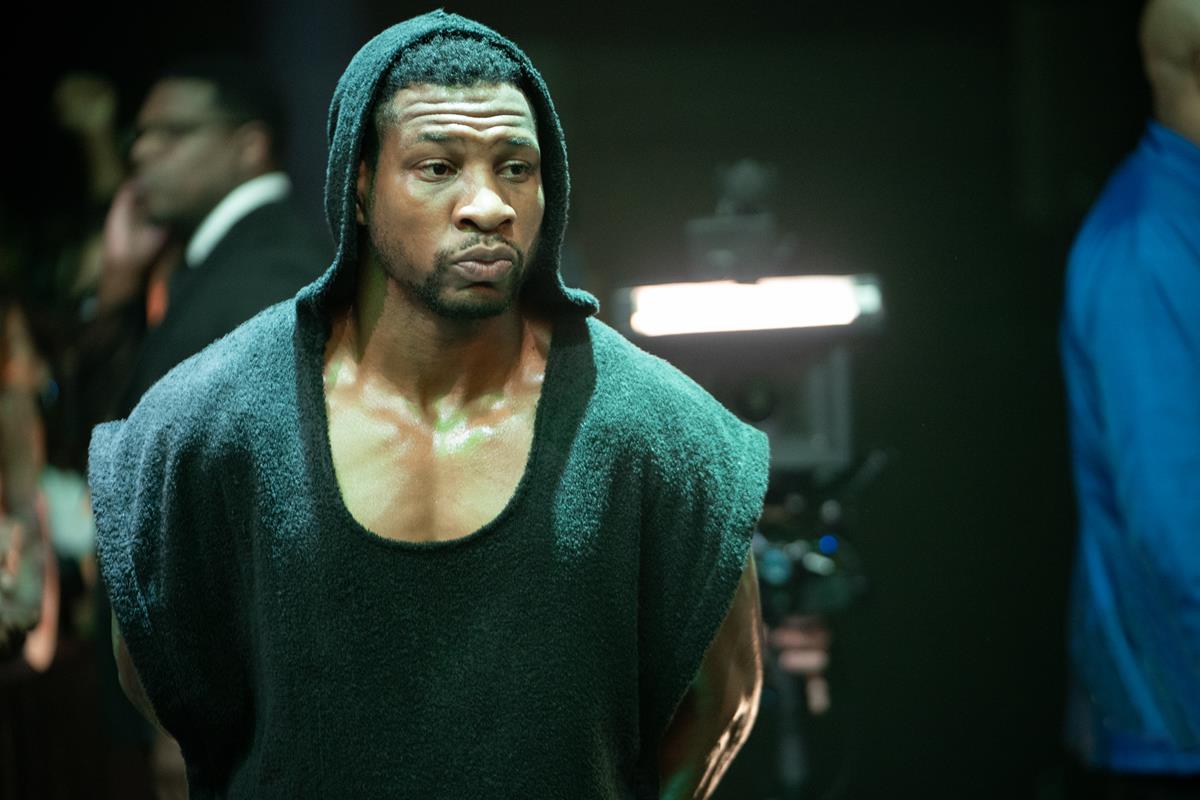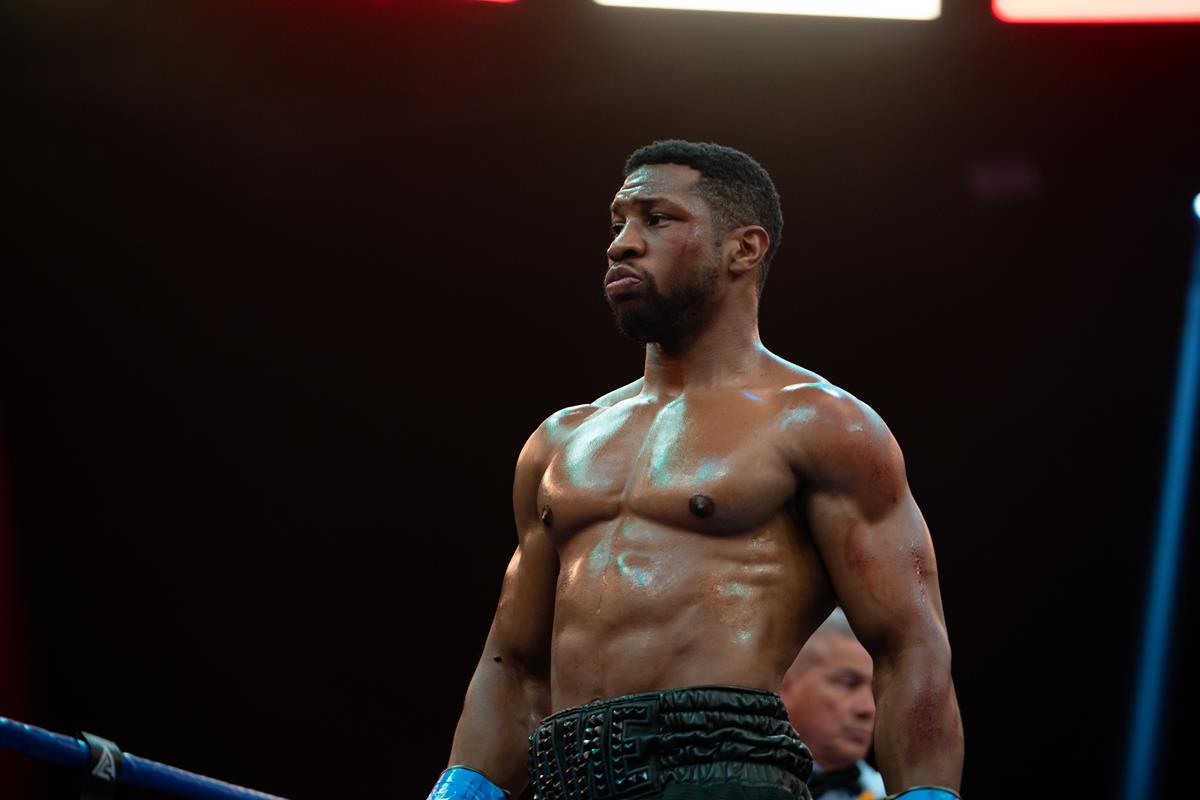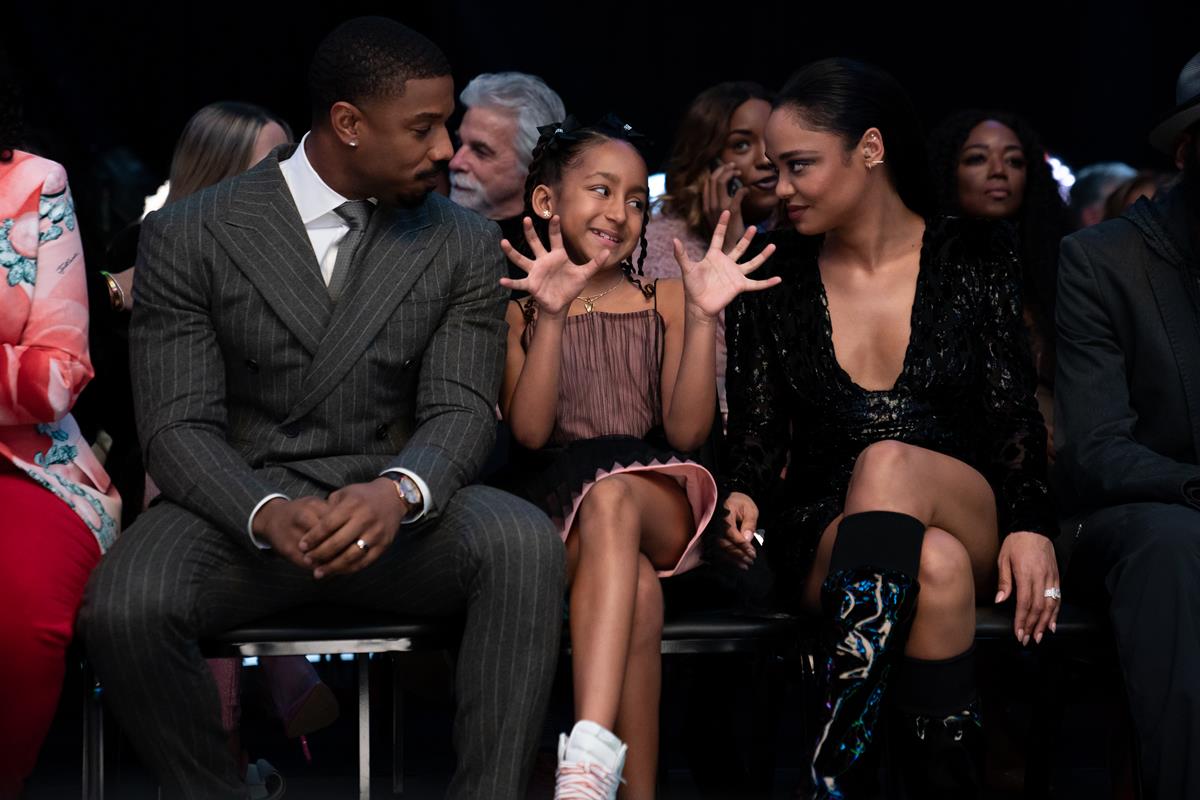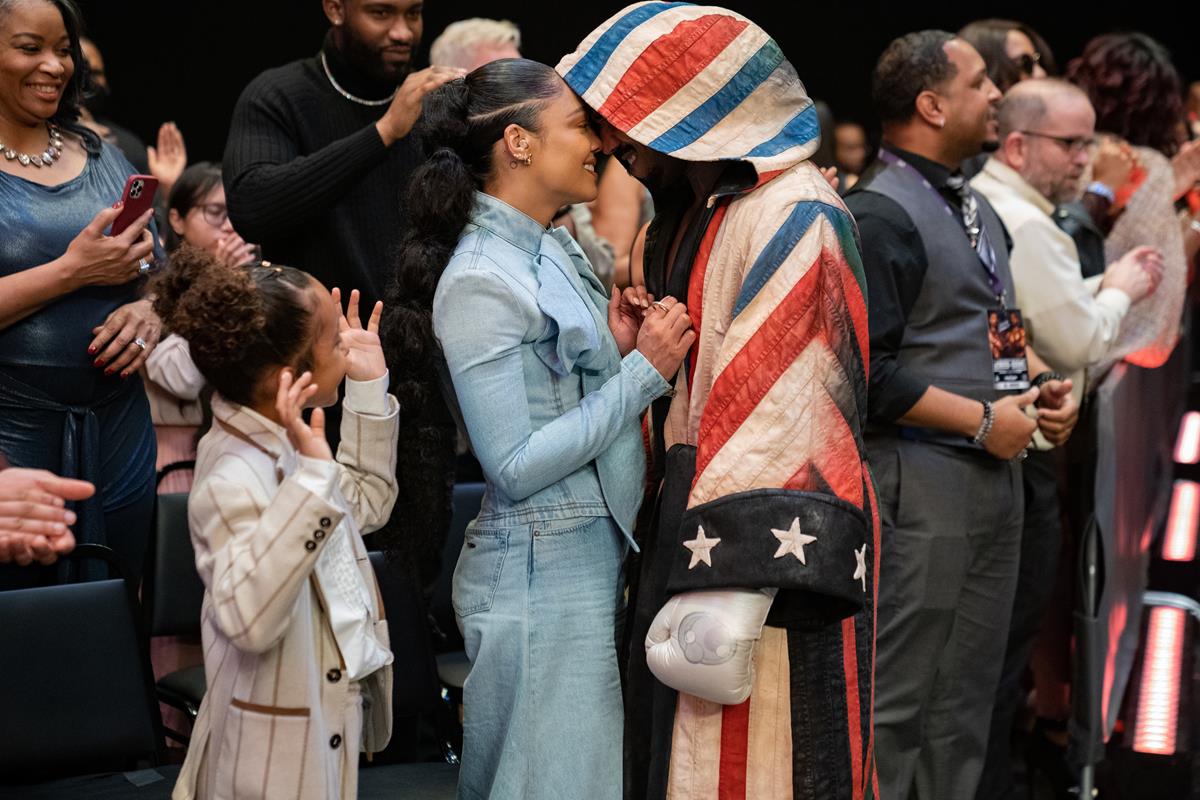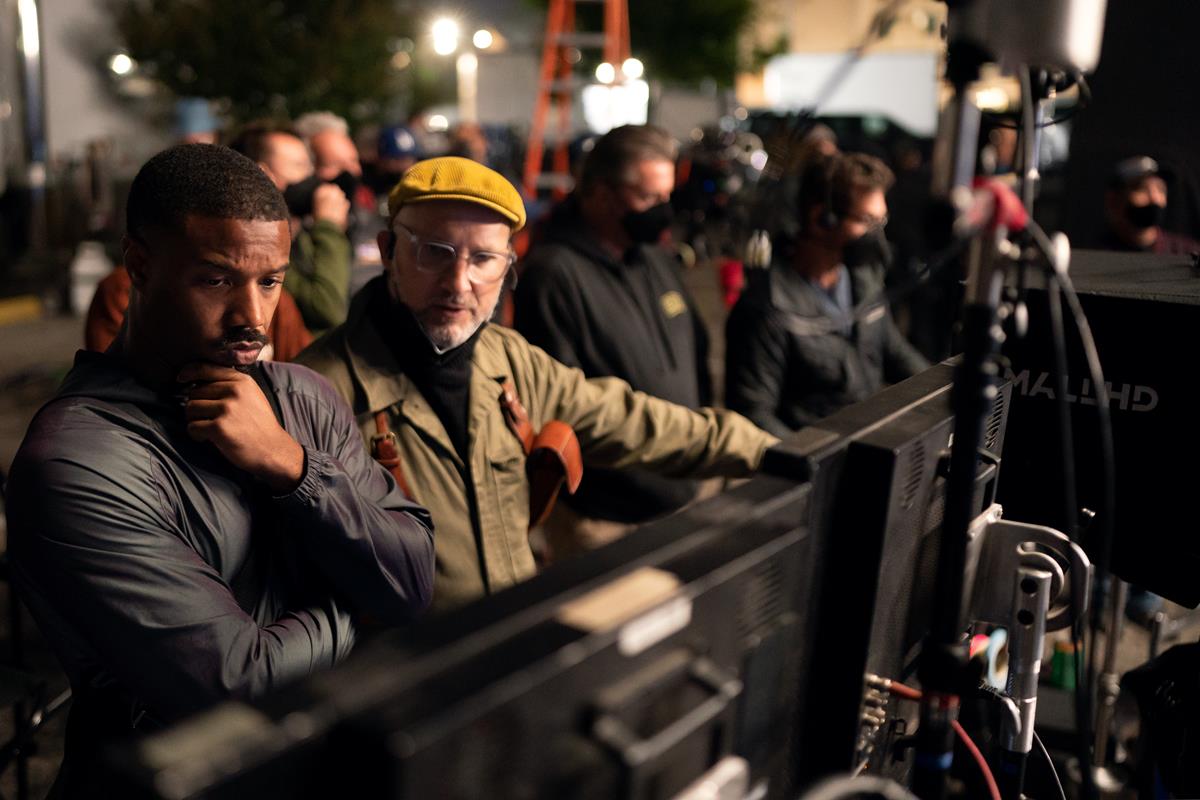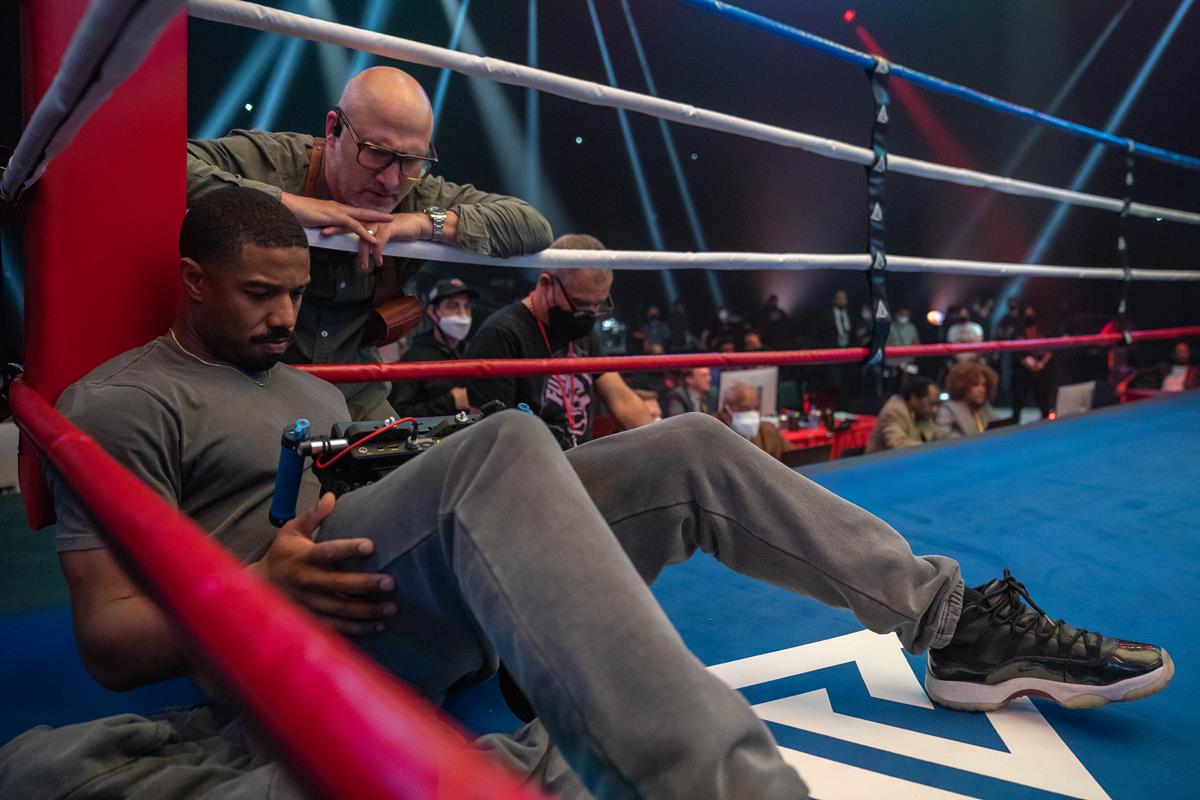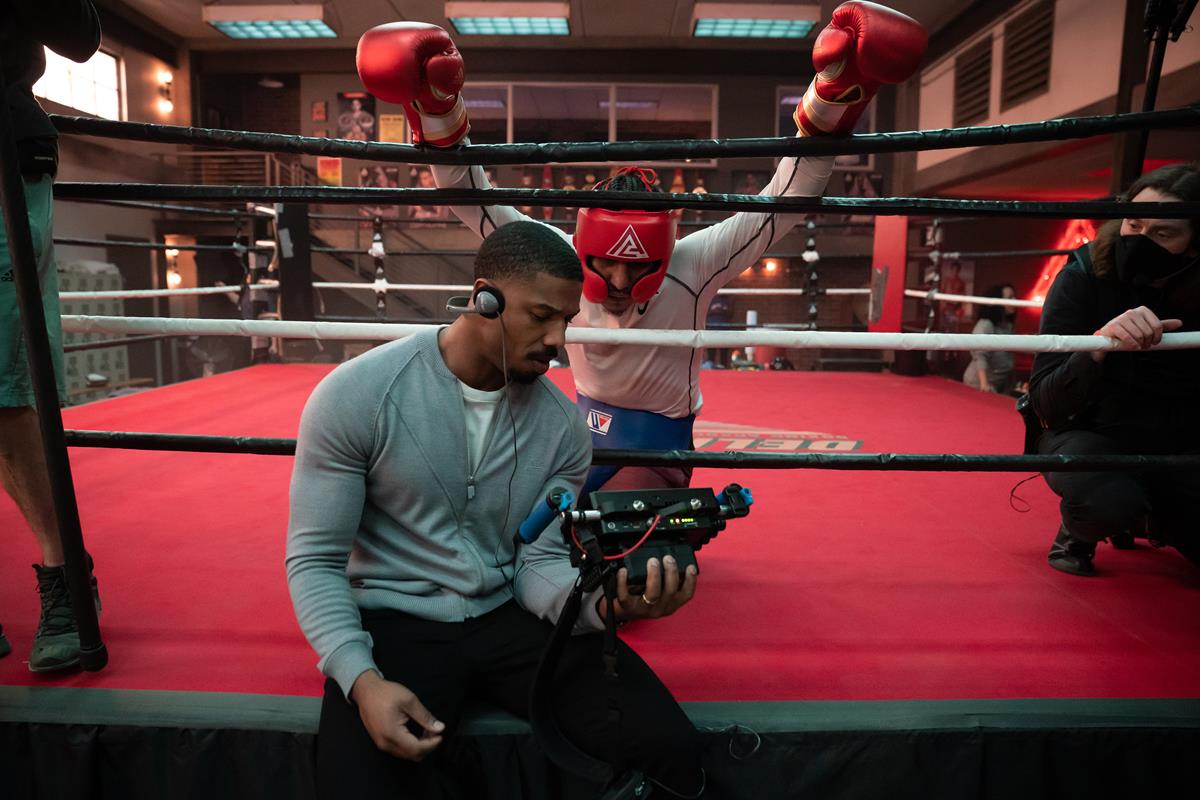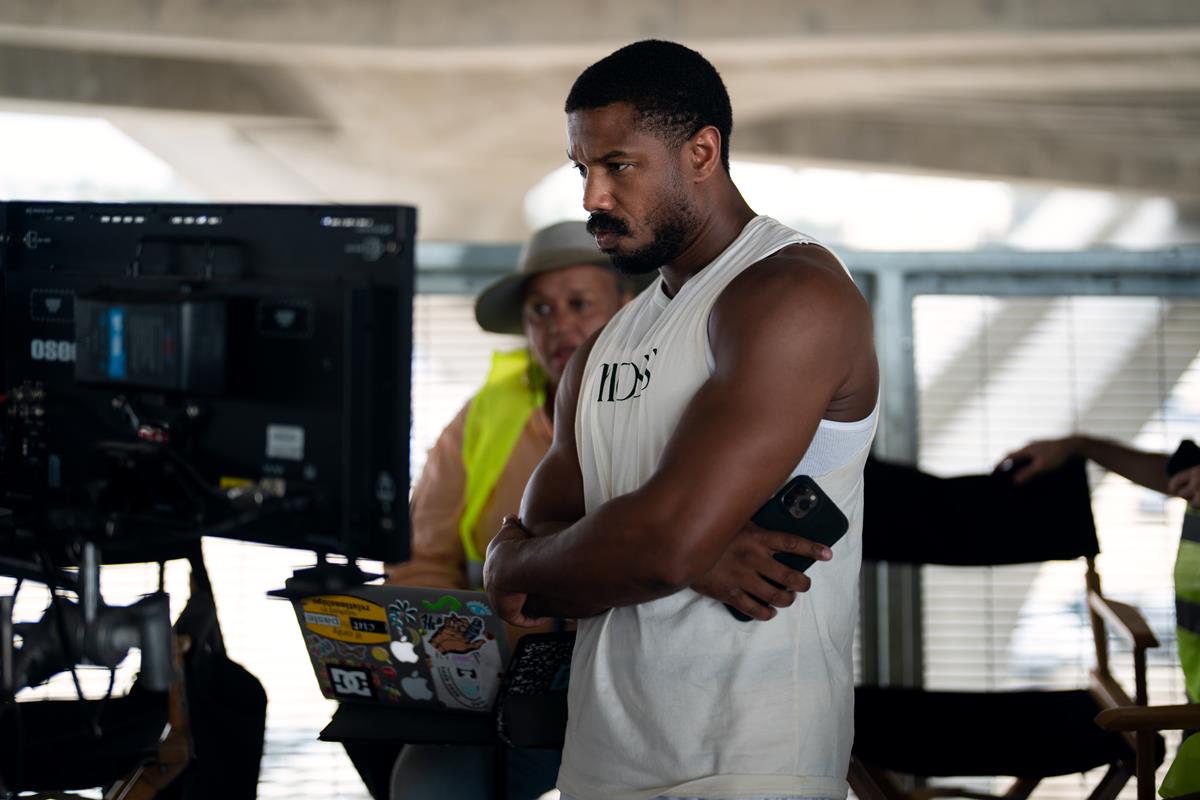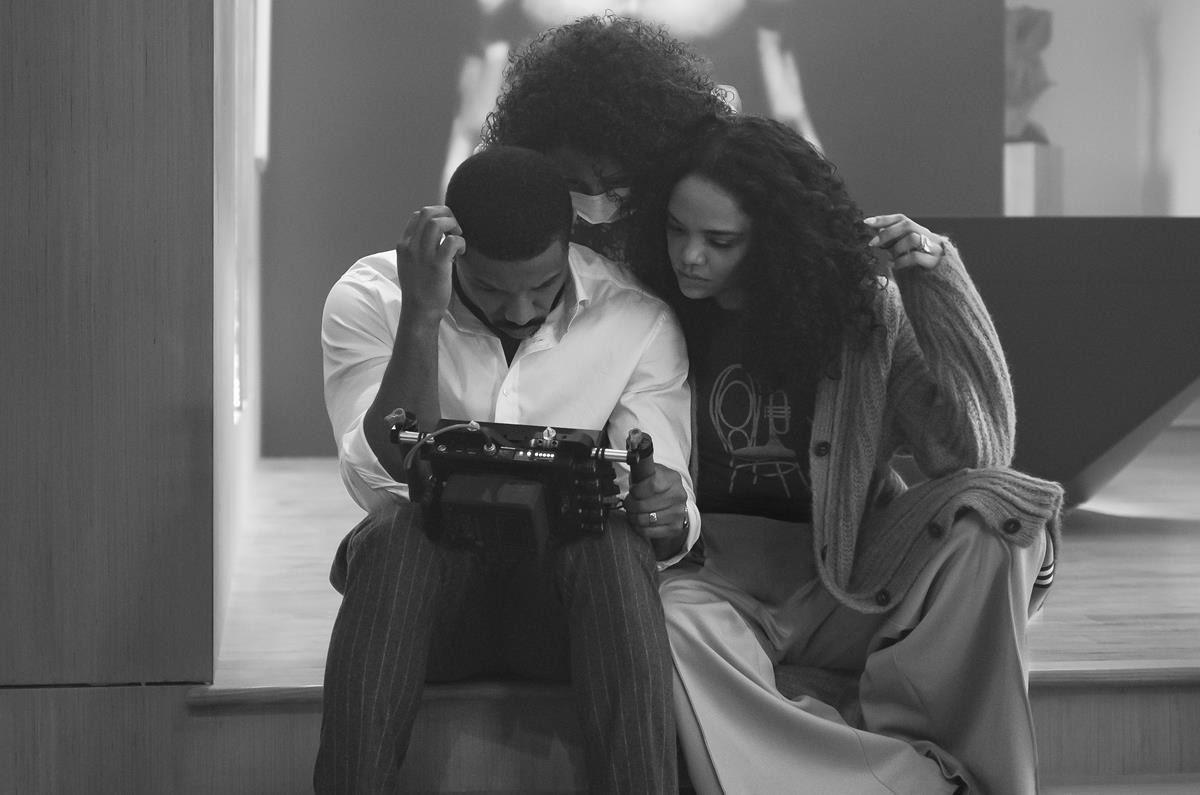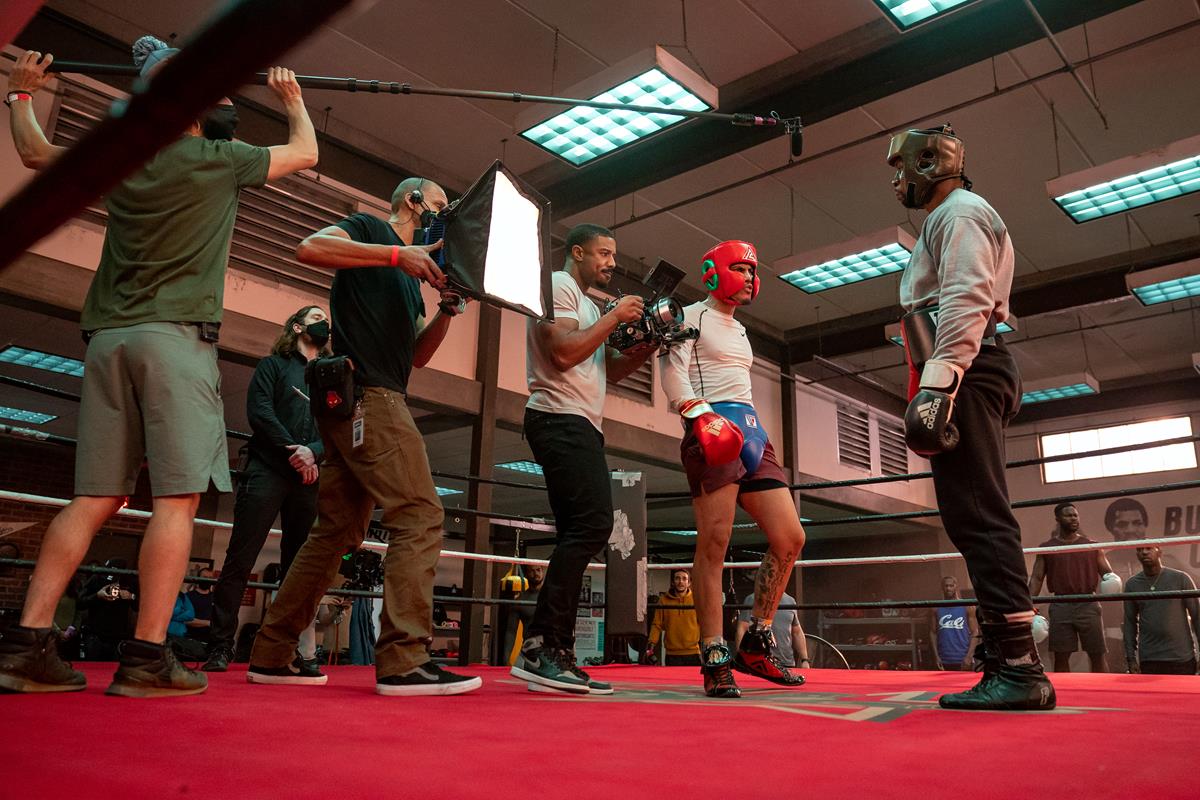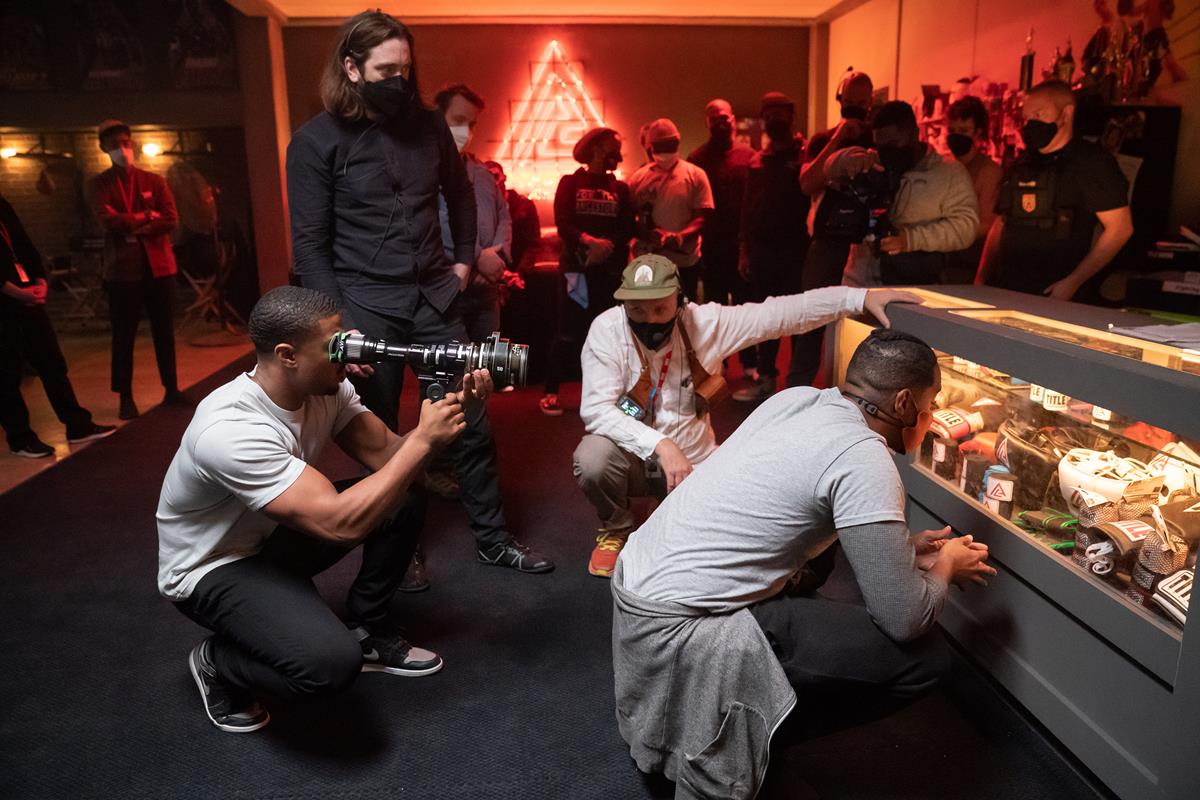TL;DR
- Even though the “Creed” movies are part of a expanded “Rocky” cinematic universe, this is the first in nine films that doesn’t have the original character as a part of the plot.
- Director and star Michael B. Jordan collaborated with “Creed II” cinematographer Kramer Morgenthau to reinvent how boxing scenes are shot.
- The filmmakers aimed for a heightened visual style influenced by Japanese anime, including what they called “Adonis vision,” a subjective POV from Adonis Creed as he’s clocking each fight.
- “Creed III” was shot in IMAX format with Panavised Sony Venice cameras and a lens package that included both anamorphic and spherical optics.
Like the story arc of the majority of boxing movies, Creed III had a number of challenges to overcome in its production journey. Firstly, even though the Creed movies were part of a expanded Rocky cinematic universe, this was the first in nine films that didn’t have the original character as a part of the plot; Rocky had left the story.
Flipping this negative into the positive feel of a new start gave newbie director and still star Michael B. Jordan a chance to reinvent how to shoot the boxing scenes in particular. An easy reference, subconsciously or not, was Scorsese’s Raging Bull as its fighting is stylistically different from everything else.
Also, a new POV suited the storyline of a fight between a retired Adonis Creed and a significant person reappearing from his past with major issues to resolve.
Previous Creed II cinematographer Kramer Morgenthau and Jordan laid plans for a new “in ring” aesthetic as Max Weinstein explains in American Cinematographer. “Settling into his duties as a director, Jordan determined early in prep that he and Morgenthau would need to take two ‘big artistic swings’ to fully engross audiences in Donnie’s next chapter.”
The intention was to aim for a heightened visual style. “Michael is hugely influenced by Japanese anime — that’s completely his stamp on the movie. So, he brought that into the way we cover the fights,” Morgenthau says. “There’s this thing we call ‘Adonis Vision,’ where you’re seeing subjective point-of-view from Adonis as he’s clocking each fight, and that plays out in an anime style, with these hyper-real close-ups.”
For that, they switched to very wide-angle lenses, a 12mm Panavision H Series and a 14mm VA. “That again was part of Michael’s vision from the beginning. It’s very much an anime approach.”
READ MORE: Creed III Takes Big Swings (American Cinematographer)
But the action in general had to seen from the inside, not the outside, which is the problem for most sports action movies.
The Panavision website described how the boxing was shot within reach of the fighters. On both Creed II and III, Morgenthau was joined in his corner by A-camera and Steadicam operator, Michael Heathcote. “Mike and I came in early during prep to work with [2nd-unit director and supervising stunt coordinator] Clayton Barber and [assistant stunt coordinator] Eric Brown to help design the moves for the fight choreography. There’s an arc to what happens in the fights and the stories happening in the corners and in the ringside seats. That was all carefully choreographed, like shooting a piece of dance.”
Working with Panavision Atlanta, Morgenthau chose to shoot Creed III with Panavised Sony Venice cameras and a lens package that included both anamorphic and spherical optics. “We shot all the dramatic scenes with T Series and C Series anamorphic lenses, and for the fights, which are in the 1.90:1 aspect ratio for IMAX, we used [prototype] spherical VA primes that we customized to add a bit more softness and help them match the look of our anamorphic lenses,” the cinematographer explains.
Morgenthau also shot certain sections of Donnie’s bouts with the Phantom Flex4K, whose high-speed capabilities enabled him to create an “ultra-slow-motion analysis of some of the major moments in the fights, where we wanted to be inside the boxers’ heads.”
Other cameras used included prep cameras to rehearse moves, “We prepped by shooting each fight with small digital cameras, and shooting sketches of what it should be, figuring out the most impactful places to place a camera and trying to show what it’s like to be in the ring from a boxer’s perspective.”
READ MORE: A Sweet Science (Panavision)
The other big “artistic swing” was the unveiling of a new taller aspect ratio to give the fighters almost god-like statue. “In the film’s dramatic scenes, intimate glimpses of Donnie’s and Dame’s out-of-the-ring lives are framed for the 2.39:1 aspect ratio, but whenever a match is underway, the frame is expanded to 1.90:1 Imax. The filmmakers opted to shoot most footage for both aspect ratios with Sony Venice cameras certified by the ‘Filmed for Imax’ program,” Weinstein notes in American Cinematographer.
With up to 26% more picture, this third installment in the Creed franchise became the first sports-based film included in the “Filmed for IMAX” program.
“It was really exciting to be able to integrate the IMAX cameras into the filmmaking process, especially the way we used them to open the world up and to make it very immersive and visceral for the flight sequences,” says Morgenthau, according to a report by ReelAdvice. “And that’s how we chose to use it; there was just something very magical, especially the scene at Dodger Stadium, where MBJ is walking out onto the field and the image aspect ratio expands in shot and the black bars recede, and you get this really tall, beautiful, powerful image. It just elevates everything, there is just something hyperreal about it. And to be the first sports movie doing that, it was a creative high.”
READ MORE: “Creed III” is the First Sports Movie Shot on IMAX Cameras (ReelAdvice)
Director and star Jordan, speaking to American Cinematographer, says “We were looking at these old photos of Muhammad Ali by Neil Leifer, and [we called] the shots that he would get of these outdoor fights ‘clouds to the canvas,’ where you can see everything in the frame. So, we just wanted to recapture that — get all that information up on the screen. Then, we’d ask, ‘Okay, when is it going to open up? When is it going to transition into that ratio?’ It was about picking those moments and balancing them.”
Morgenthau concluded with almost reverence for the sport and the fighters in an interview with Gary M. Kramer for Salon. “The way we photographed the bodies was like photographing sculpture. Their bodies are sculpted and beautiful, and covered in sweat and oil and very reflective. Shooting them was about how their bodies and faces were reflecting light and honoring their performances was showing them in their ‘best light,’ so to speak,” he said.
“I studied paintings by George Bellows, and the Ashcan school of painting was an inspiration. There was an Eakins painting in a museum in Philadelphia that I was looking at, and I referenced great boxing photography, like some of the Ali color photographs. These images inspired how we lit the boxers.”


